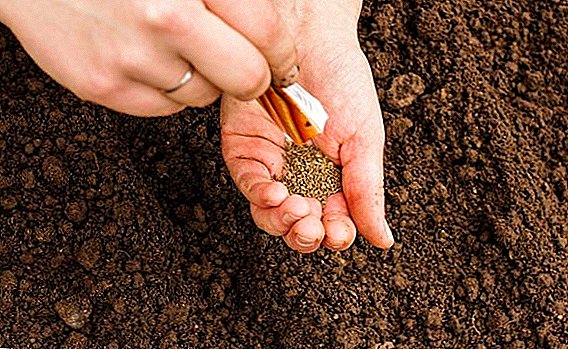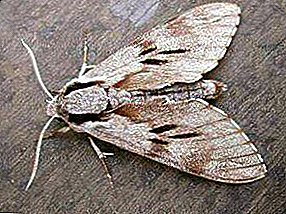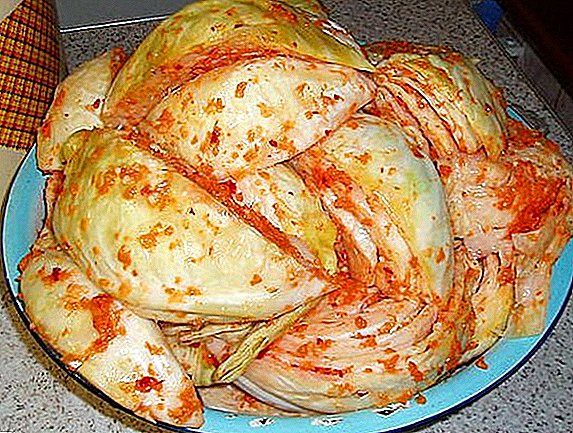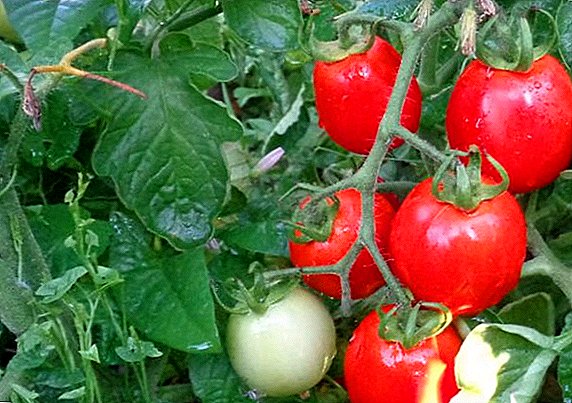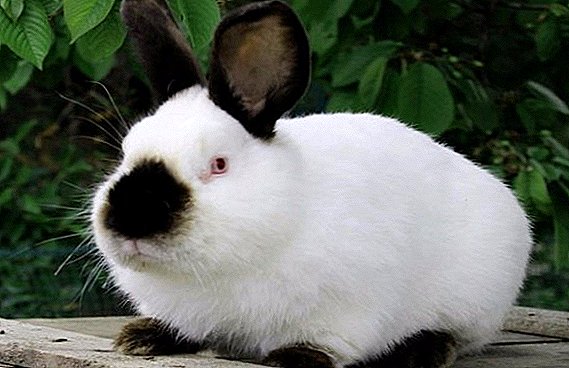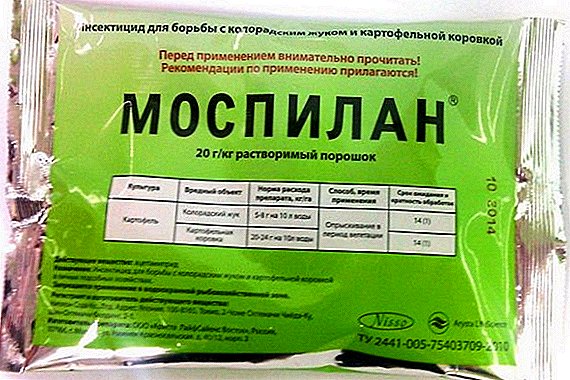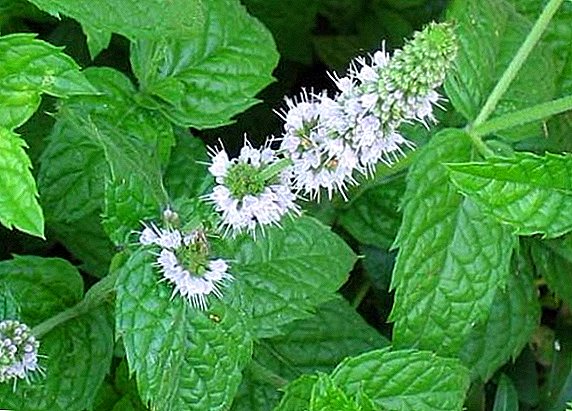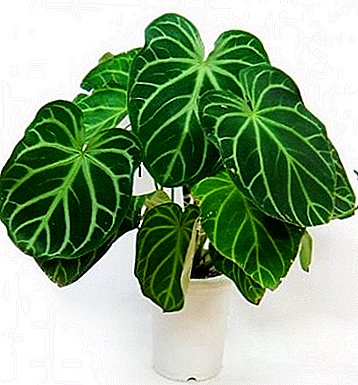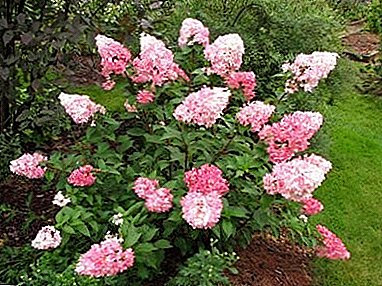
Hydrangea Paniculata was first described by German naturalist Philip Franz von Siebold during his journey in 1829. This magnificent plant can be found in Japan, China and Sakhalin in subtropical and temperate latitudes at high altitudes above 1200 m above sea level.
Variety description
 Sort vanille fraise hydrangea paniculata was bred by French gardener and breeder Eric Reno after 11 years of careful and painstaking selection work. The variety was fully developed by 2003 and won many prizes at an exhibition in the Netherlands. This species turned out to be incredibly popular because of the beautiful lush pink-white inflorescences and high frost resistance and unpretentiousness of the plant.
Sort vanille fraise hydrangea paniculata was bred by French gardener and breeder Eric Reno after 11 years of careful and painstaking selection work. The variety was fully developed by 2003 and won many prizes at an exhibition in the Netherlands. This species turned out to be incredibly popular because of the beautiful lush pink-white inflorescences and high frost resistance and unpretentiousness of the plant.
Appearance Vanilla Fraze is low fast-growing shrub with a diameter of 1.5-2 meters. Crohn has an asymmetric shape. The inflorescences are large and dense, pyramidal pink-white in color and externally surprisingly resembling a horn of vanilla-strawberry ice cream. Blossoming flowers originally white color gradually turn pink. Since the inflorescences bloom and change color gradually, the bush looks very elegant, playing all shades from snow white to dark crimson. The leaves are dark green, rough to the touch, oval-shaped. Long flowering from late July to September. The plant has a distinctive feature, it able to withstand very high frosts up to 35-38 degrees.
 Suitable for almost all regions except the hottest and driest, as the plant likes moist soil and partial shade. Also, regions with calcareous soils will not work.
Suitable for almost all regions except the hottest and driest, as the plant likes moist soil and partial shade. Also, regions with calcareous soils will not work.
This grade is grown up for garden and park gardening and creation of decorative fences. You can create compositions with other plants or planted separately.
Planting and care
The plant is light-requiring, but feels great in the shade. Planting is necessary on the sun or shade side in the planting pit with the addition of sour peat. Vanilla Frize loves fertile, lightweight, moist soils with high acidity.
The plant can not be contained in soils with a high content of lime. This can cause illness and death.
In cold regions, landing is best done in the spring. The distance between plants should be at least 1-1, 5 meters. After planting seedlings need plentifully water and break a little. The general mode of watering is plentiful, especially in dry weather. It is best to use collected rainwater. Fertilizing is necessary to produce mineral fertilizers and liquid manure every two weeks from April to August. Good dressing will create conditions for rapid growth and abundant flowering.

Breeding methods
Hortensia Vanilla Fraze can multiply by dividing the bush, cuttings and layering.
For grafting choose a part of the stem with five or six nodes, which is buried in wet ground into two nodes. Pre-bottom leaves must be completely cut. Cover the stalk with a can and cover from direct sunlight.
When the plant has grown enough, it can be propagated dividing the bush. It is necessary to divide the bush very carefully so as not to damage the root system. The division of the bush can be made from spring to autumn. But in the autumn division the seedlings must be well protected from the cold.
For reproduction by layering, a suitable young branch is bent and dropped in a new place at a depth of 15 cm. After its root system has been formed, it is separated from the parent plant and removed to a separate place.
In order not to straighten the escape, it must be secured with special brackets. In order to speed up survival in a new place, it is recommended to make a small incision on the stem

Preparing for the winter
Pruning is done in the spring before the beginning of active growth, removing frozen and dried stems.
Trimming for this variety has important: the deeper the pruning, the more luxuriant the new inflorescences will be. In the autumn, before hibernation, remove all old dried inflorescences.
ATTENTION. Pruning can not be done during sap flow.
Plant has a high frost resistance. Older hydrangeas vanilla fraze need shelter only in very cold climates. In the garden should protect the plant from the snow from the roof and debris after clearing the tracks.
Young plants need a mandatory shelter for the winter, they need to be carefully protected with fine sawdust or dry grass.
Diseases and pests
The plant is quite resistant to diseases and insects. The most common diseases are Chlorosis, powdery mildew and green leaf aphid.
Chlorosis - This is a disease caused by excess humus or lime in the soil. With this disease, the leaves begin to turn pale and lose the usual color.
Chlorosis treatment is carried out special solutions: potassium nitrate and copper sulfate with an interval of 3-4 days.
 Powdery mildew causes excessive moisture. For treatment, it is necessary to reduce the humidity of the air, and treat the leaves and stems with a mixture of copper sulfate with the addition of soap.
Powdery mildew causes excessive moisture. For treatment, it is necessary to reduce the humidity of the air, and treat the leaves and stems with a mixture of copper sulfate with the addition of soap.
Leaf aphids are effectively destroyed by special garlic solution. You need to take 150 grams of garlic in 10 liters of water and insist two or three days. Then add 50 g of soap and spray the hydrangea every 5-6 days.
The exquisite beauty of the hydrangea Vanilla Fraise will be a real decoration of your garden. It is very unpretentious and with proper care and watering will actively grow and for many years please you with its beautiful vanilla-pink inflorescences.
A photo
More photos of hydrangea paniculata vanilla Frazie see below:







